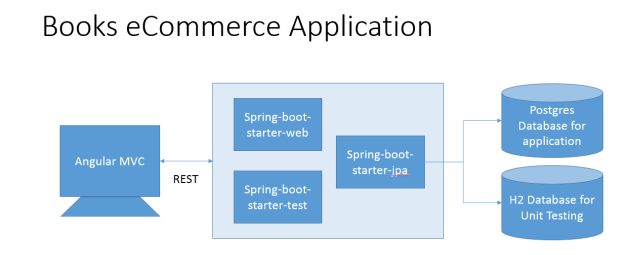I had a great vacation where I took opportunity to learn JBPM and how to setup JBPM in Wildfly. Below are the steps to setup a fully functional process designer where we can develop a process with dynamic UI and deploy it in a RESTful service and call the application using an angular sample and invoke a human workflow. For some reason, the Jboss does not start when you are in a company firewall.
- Have java7 or java8 in your machine, Download and unzip wildfly-8.2.0.Final.zip into a folder
- Go to <WILDFLYHOME>/bin directory and run add-user.bat, create 2 users,
- Management user: admin (pass)/ with no role
- Application user: kieserver /kieserver1!/ with kie-server as the role
- Application user: user4/pass/ with admin as the role
- Go to <WILDFLYHOME>/standalone/configuration and rename standalone.xml as standalone1.xml and and rename standalone-full.xml to standalone.xml and replace below code under security-domains block in the xml file.
<security-domain name="other" cache-type="default">
<authentication>
<login-module code="Remoting" flag="optional">
<module-option name="password-stacking" value="useFirstPass"/>
</login-module>
<login-module code="RealmUsersRoles" flag="required">
<module-option name="usersProperties" value="${jboss.server.config.dir}/application-users.properties"/>
<module-option name="rolesProperties" value="${jboss.server.config.dir}/application-roles.properties"/>
<module-option name="realm" value="ApplicationRealm"/>
<module-option name="password-stacking" value="useFirstPass"/>
</login-module>
</authentication>
</security-domain>
<security-domain name="jboss-web-policy" cache-type="default">
<authorization>
<policy-module code="Delegating" flag="required"/>
</authorization>
</security-domain>
<security-domain name="jboss-ejb-policy" cache-type="default">
<authorization>
<policy-module code="Delegating" flag="required"/>
</authorization>
</security-domain>
- Go to <WILDFLYHOME>/bin and run standalone.bat -Dorg.kie.server.id=first-kie-server -Dorg.kie.server.location=http://localhost:8080/kie-server/services/rest/server -Dorg.jbpm.server.ext.disabled=true
- Once the jboss is up, go to browser and type http://localhost:9990 and it will prompt with username and password, type in, admin/pass it will allow you in, you are in JBoss admin console
- Go to http://downloads.jboss.org/drools/release/snapshot/master/index.html and download kie-drools-wb-wildfly8.war and kie-server-ee7.war and rename them as kie-workbench.war and kie-server.war respectively
- Go to deployments and upload kie-workbench.war, it will take few minutes to upload,
- Once it is done, go to deployments again and upload, kie-server.war
- Go to https://github.com/mswiderski/jbpm-examples/tree/master/ and download the zip file and unzip it and go to jbpm-angular-js folder and copy the app folder and zip it and rename the zip file to war file and go to JBoss admin console and deploy the war file
- Go to http://localhost:8080/kie-workbench login as user4/pass to log on to kie-workbench and go to hiring process and to go to process explorer and build and deploy the application
- Install RestClient and follow http://mswiderski.blogspot.com/2015/09/unified-kie-execution-server-part-1.html to part 4. Once you follow the instruction, please change the port to 8080 from 8230
- It will also show you how to use Angular.
Let me know your feedback. Also try various processes like HR, Evaluation, and other processes in Kie-workbench.
